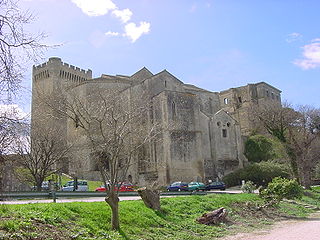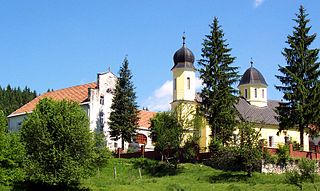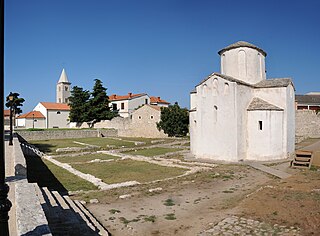
Drakonjina špilja (meaning "Dragon's cave"), also known as Zmajeva pećina ("Wurm's cave"), is called so because of the mysterious relief of a dragon found inside. It is located immediately above Murvica, on the island of Brač, in Croatia.
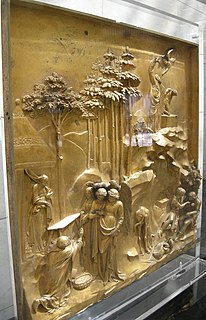
Relief is a sculptural technique where the sculpted elements remain attached to a solid background of the same material. The term relief is from the Latin verb relevo, to raise. To create a sculpture in relief is to give the impression that the sculpted material has been raised above the background plane. What is actually performed when a relief is cut in from a flat surface of stone or wood is a lowering of the field, leaving the unsculpted parts seemingly raised. The technique involves considerable chiselling away of the background, which is a time-consuming exercise. On the other hand, a relief saves forming the rear of a subject, and is less fragile and more securely fixed than a sculpture in the round, especially one of a standing figure where the ankles are a potential weak point, especially in stone. In other materials such as metal, clay, plaster stucco, ceramics or papier-mâché the form can be just added to or raised up from the background, and monumental bronze reliefs are made by casting.

Murvica is a 22-inhabitant small village 6 km west of Bol, on the island Brač, in Croatia. It is situated beneath karst caves along the southern side of the island and was mentioned for the first time in 1286. Later it developed as a supply centre for the many hermits living there.

Brač is an island in the Adriatic Sea within Croatia, with an area of 396 square kilometres (153 sq mi), making it the largest island in Dalmatia, and the third largest in the Adriatic. It is separated from the mainland by the Brač Channel, which is 5 to 13 km wide. The island's tallest peak, Vidova gora, or Mount St. Vid, stands at 780 m, making it the highest island point in the Adriatic. The island has a population of 13,956, living in numerous settlements, ranging from the main town Supetar, with more than 3,300 inhabitants, to Murvica, where less than two dozen people live. Brač Airport on Brač is the largest airport of all islands surrounding Split.
The dragon was carved by unknown monk in the 15th century, when the monks lived in the caves and even built a chapel in them. As well as the dragon, there is also a carving of the moon and other ancient cult symbols. On the eastern side over the chapel, there are carved human figures and birds on their nests, indicating that this was a Christian sanctuary, which nevertheless had elements of pagan religions.
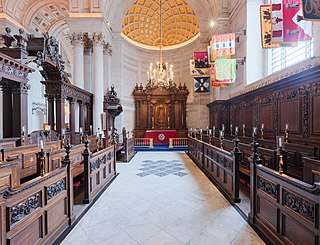
The term chapel usually refers to a Christian place of prayer and worship that is attached to a larger, often nonreligious institution or that is considered an extension of a primary religious institution. It may be part of a larger structure or complex, such as a college, hospital, palace, prison, funeral home, church, synagogue or mosque, located on board a military or commercial ship, or it may be an entirely free-standing building, sometimes with its own grounds. Chapel has also referred to independent or nonconformist places of worship in Great Britain—outside the established church.

A sanctuary, in its original meaning, is a sacred place, such as a shrine. By the use of such places as a haven, by extension the term has come to be used for any place of safety. This secondary use can be categorized into human sanctuary, a safe place for humans, such as a political sanctuary; and non-human sanctuary, such as an animal or plant sanctuary.
The church which serves Murvica is in the former hermitage in Dračeva luka. The vaulting in this church, which dates from the 16th century, is formed by the natural rock of the cave. [1] On the façade there is a characteristic portal and a rose window. A new, modern church was built in Murvica after the Second World War.

A portal is an opening in a wall of a building, gate or fortification, especially a grand entrance to an important structure. Doors, metal gates, or portcullis in the opening can be used to control entry or exit. The surface surrounding the opening may be made of simple building materials or decorated with ornamentation. The elements of a portal can include the voussoir, tympanum, an ornamented mullion or trumeau between doors, and columns with carvings of saints in the westwork of a church.

A rose window or Catherine window is often used as a generic term applied to a circular window, but is especially used for those found in churches of the Gothic architectural style and being divided into segments by stone mullions and tracery. The name "rose window" was not used before the 17th century and according to the Oxford English Dictionary, among other authorities, comes from the English flower name rose.


